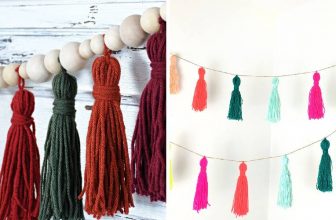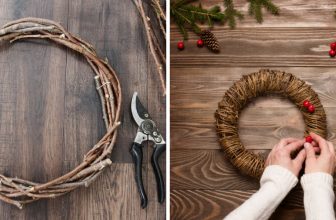How to Attach Feathers to Fabric
For many reasons, you may need to add some feathers to your fabric. Whether it is for your bold appearance or you want something unique to wear on your upcoming cosplay, attaching the feathers can be your most essential item. So, do you know how to attach feathers to fabric?
Well, it’s pretty easy, and you won’t have to obtain any special degree for this. I have some simple steps to share with you, and if you can follow them accordingly, your attachment will be completed without damaging your fabric item. So, let’s dive in!
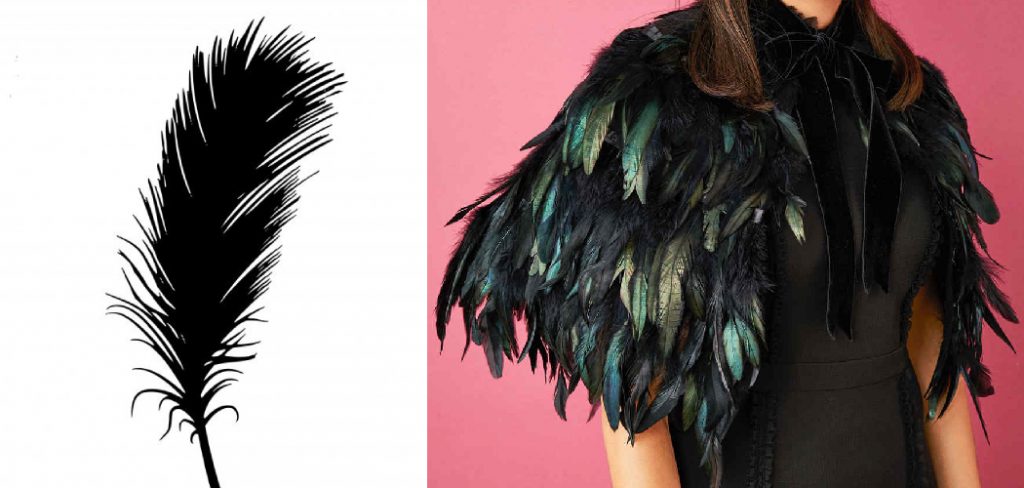
Summary: If you want to add feathers to fabric, there are a few ways to do it. One easy way is to use sewing thread and a needle. Cut the thread about 1 inch longer than the desired feather length, thread the needle, and sew the thread through the fabric at the desired feather placement. Pull the thread tight, and voila!
Required Materials forAttaching Feathers to Fabric:
- Fabric for the feathers to be attached
- Thread and needle or sewing machine
- A small plastic bag, such as a sandwich baggie
- Needle nose pliers (optional)
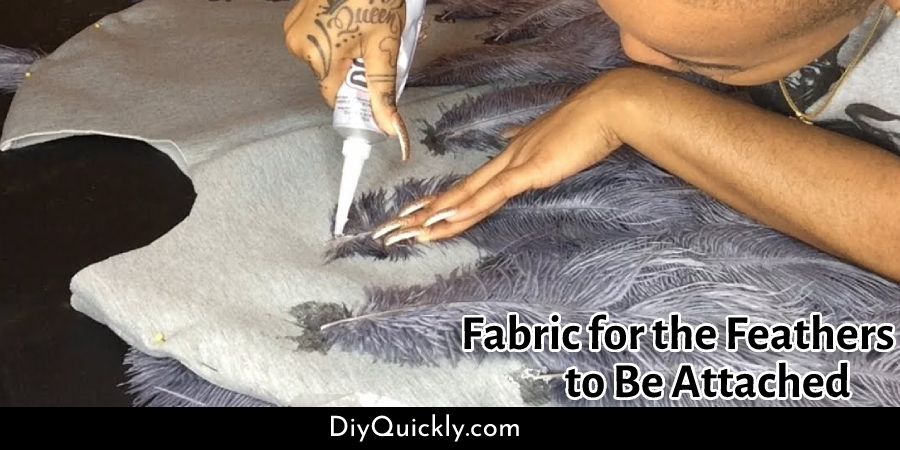
Techniques on How to Attach Feathers to Fabric:
Technique One:
- Step One: Arrange the feathers on the fabric. Place one feather in the desired location, leaving a little space between the feather and the fabric’s edge. This will allow you to sew it onto both sides of the edge if necessary.
- Step Two: Sew one side. Use your needle or sewing machine to stitch through just one side of your feather with strong, sturdy thread.

- Step Three: Tie off the end. Pull tightly until all ends are secured inside a plastic baggie.
- Step Four: Repeat for another side. Pry open the sandwich baggie from Step three and repeat Steps One-Three (sew first, then tie off) for the opposite side of the feather.
Technique Two:
If you check out your local craft stores, they now sell feathers on a string. So, you can easily get them from there, or you can shop them online. They are fantastic, and adding a bunch of feathers to your shirt is much easier without having to do them individually.
We are going to attach the feathers to the shirt using string and fabric glue. The fabric glue is non-toxic, machine washable, and dry. We will put a nice line of glue right up top, and then we will add the feathers on that line. We are doubling the feathers to get a nice bunch of feathers.
Then I hold both ends of the string and lay it down on the glue. Press a bit to sit perfectly on the adhesive, and you can get a firm attachment. If you have got some loose feathers, you can also attach them by using fabric glue. That’s it; your shirt is ready now.
Precautions While Attaching Feathers to Fabric:
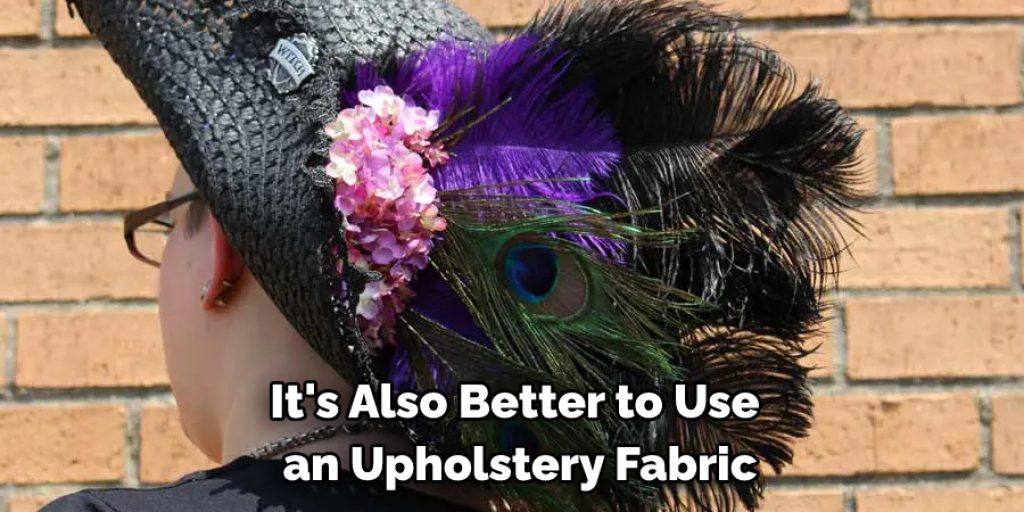
- When attaching feathers to fabric, it is important to take precautions so that the glue does not seep through onto the front of your project. To prevent this from happening, you should always work on a covered surface or use wax paper as an underlayer for protection and then place another piece of material over the top once done.
- You want to ensure that if you use hot glue, there is enough space between where the feather will be placed and anything else because some glues can melt fabrics when applied directly.
- Make sure you leave about ¼ inch margin around each border edge-wise before applying any glue just in case things go awry (and they often do). The best adhesive for this type of project is a hot glue gun because it can be controlled more easily than other types.
- It’s also important to know how long the feathers need to be for them to blend with and match your fabric, so make sure you are aware of this before buying any that might not work well. For example, if you’re working on an upholstery project or something larger like curtains, then long feathers will usually do the trick, whereas smaller projects may require shorter ones.
- If possible, try out different weights and lengths beforehand, as some people find thin feather strips too hard to manage when they want longer strands (it really depends on what kind of results you are looking for). However, you’ll have already researched various kinds by now, so it should be easy to find what you need.
- Once you have the feathers, trim them down if necessary, and then secure each one with a dab of glue or pins. You want to ensure they’re firmly in place before proceeding, as not all fabrics are suitable for this application (especially ones with many dyes).
- It’s also better to use an upholstery fabric that is more durable than most other types but has softer features when properly treated.
You Can Check It Out To Lengthen Curtains with Different Fabric
Frequently Asked Questions
Can I Use Glue Gun on Fabric?
Yes, you can use a glue gun on the fabric. You should avoid using it on fabrics that are prone to fraying or tearing because the glue gun will cause the fabric to fray or tear more quickly.
For example, if you’re gluing two pieces of cloth together, you should only apply the glue in small areas at a time and not over large areas of the cloth. You should also avoid gluing anything with buttons or zippers because these pieces of clothing are often made from delicate materials that the glue gun will damage.
What Glue Is Best for Feathers?
Elmer’s Glue is the best glue for feathers. It is non-toxic and has a strong bond with fabrics. It dries clear so it won’t show stains on your work surface.
Elmer’s Glue also comes in various colors to match any decorating project, including white, black, brown, red, yellow, and blue.
Does Gorilla Glue Work on Fabrics?
Gorilla glue is a type of super glue with the strongest world bond. It is stronger than other types of glue because it contains no water, so there is no chance of evaporation.
The bonding properties are increased due to the increased heat during use. This helps it work on almost any surface, but it may not be able to stick to fabrics or materials with high-purity silicone oils like silicones used in electronics.
Can Mod Podge Be Used as Fabric Glue?
Mod Podge is a type of glue that can be used to bond fabric and paper. It is not recommended for fabric use because it does not dry fast enough and might damage the fabric in the process.
An alternative would be to use spray adhesive such as Elmer’s Glue-All, which has been specifically designed for bonding fabrics.
Conclusion:
This blog post has shown how to attach feathers to fabric using hot glue, but there are other options. For instance, you can sew the feather onto the fabric or use a needle and thread to stitch it.
You could also try gluing craft foam pieces together with an adhesive to create a soft surface for sewing or stitching your feather in place. No matter what materials you choose, be sure they match well with each other so that no one will notice any difference between them when looking closely at your project!


